15 Must-See Temples and Spiritual Sites in Asia
Asia is home to some of the world’s most awe-inspiring temples and spiritual sites, each offering a unique glimpse into the rich cultural and religious traditions of the region. From ancient structures to modern marvels, these sacred destinations provide visitors with an opportunity to explore history, architecture, and spirituality. Whether you’re seeking tranquility, cultural immersion, or a deeper understanding of diverse faiths, Asia’s temples and spiritual sites offer a profound experience for all who visit.
This post may contain affiliate links, which helps keep this content free. Please read our disclosure for more info.
Angkor Wat (Cambodia)
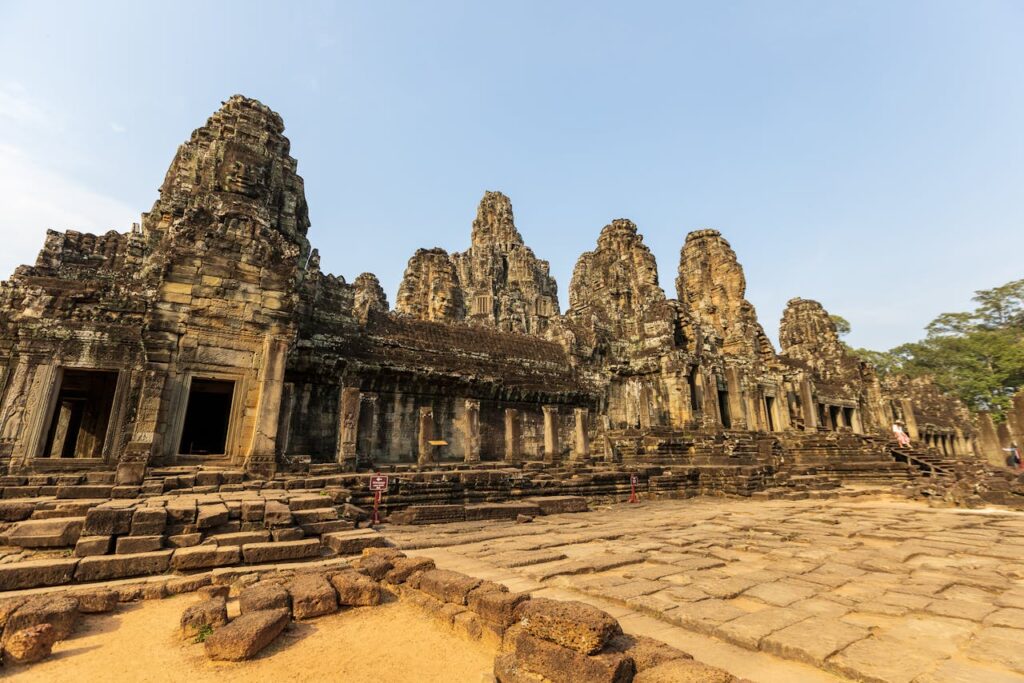
Angkor Wat, the world’s largest religious monument, is a symbol of Cambodia and an exceptional masterpiece of classical Khmer architecture. Originally constructed in the 12th century, it was dedicated to the Hindu god Vishnu but later became a Buddhist temple. Visitors can marvel at its vast size, intricate carvings, and the majestic towers that rise above the landscape. Angkor Wat offers a profound spiritual experience, where visitors can witness the deep connection between art, culture, and religion in Southeast Asia.
The temple complex also contains a number of other stunning temples, each with its unique carvings and architectural beauty. Angkor Wat is a place of reflection and reverence, drawing those seeking to understand Cambodia’s ancient history, religion, and artistry. Its magnificence makes it a must-see for anyone interested in spiritual exploration and cultural immersion.
The Golden Temple (India)
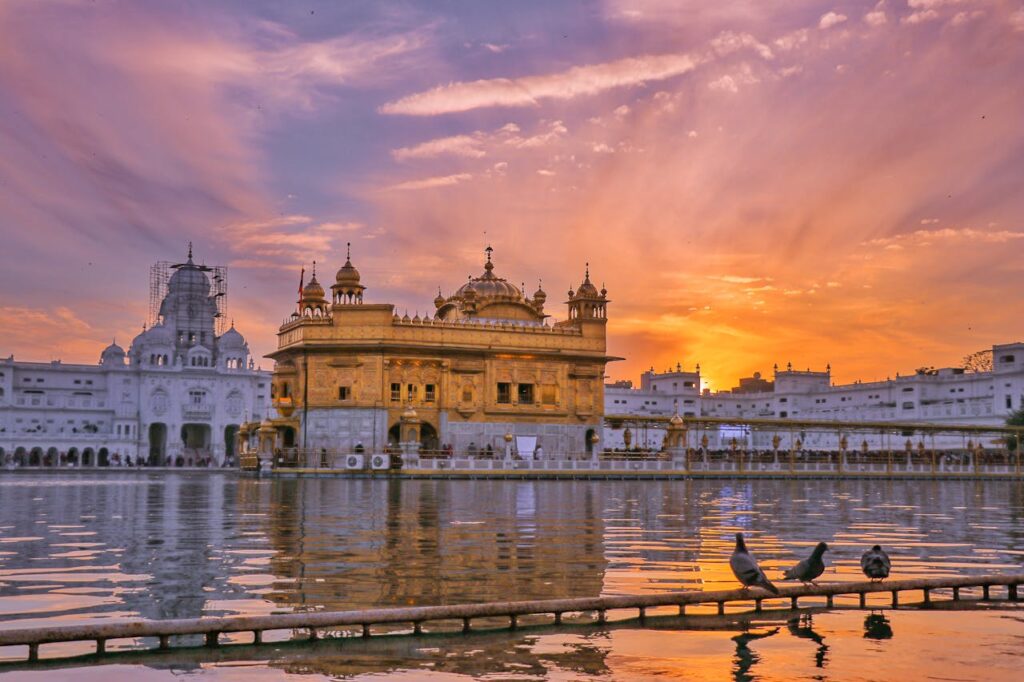
The Golden Temple, or Harmandir Sahib, located in Amritsar, is one of the most important spiritual sites in Sikhism. Surrounded by a beautiful reflective pool, the temple itself is covered in gold leaf, giving it a radiant appearance, particularly during sunrise and sunset. Visitors are welcome to join in prayer or simply to witness the spiritual atmosphere that permeates the air. The temple is known for its open and inclusive environment, offering free meals to thousands daily, symbolizing the Sikh principles of service and community.
The Golden Temple stands as a beacon of peace, unity, and devotion. It is a place where visitors can not only experience the profound spirituality of Sikhism but also learn about the rich history and cultural heritage of the Sikh people. This site offers a unique opportunity to connect with a tradition that emphasizes humility, selflessness, and service.
Shwedagon Pagoda (Myanmar)
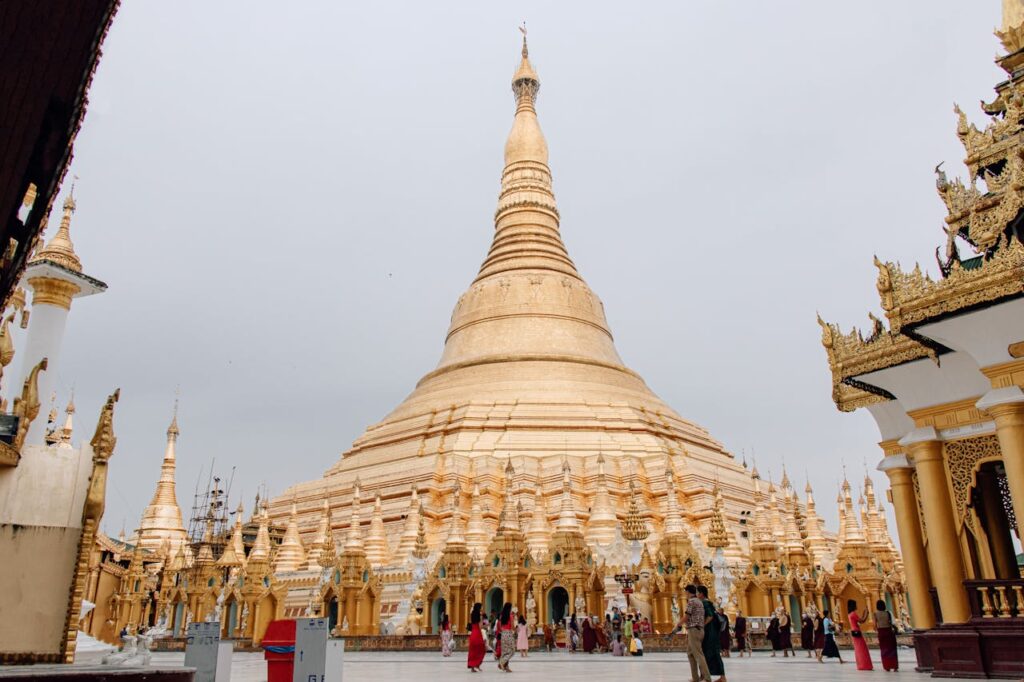
The Shwedagon Pagoda in Yangon is one of the most sacred Buddhist sites in Myanmar, known for its golden stupa that shines brightly in the sunlight. Believed to house relics of four previous Buddhas, the pagoda attracts pilgrims from around the world who come to offer prayers and meditate. The surrounding area is home to several smaller shrines, statues, and stupas, each contributing to the spiritual ambiance of the site. The pagoda is a masterpiece of Myanmar’s religious architecture, adorned with intricate carvings, and its golden spire towers above the city.
Visiting Shwedagon is a deeply spiritual experience, allowing visitors to engage with Buddhist traditions and gain insight into the country’s religious practices. Its significance is not only in its physical beauty but in its role as a place of pilgrimage and spiritual reflection. The golden pagoda’s beauty and tranquility make it an essential stop for anyone interested in Buddhist culture and architecture.
The Temple of Heaven (China)
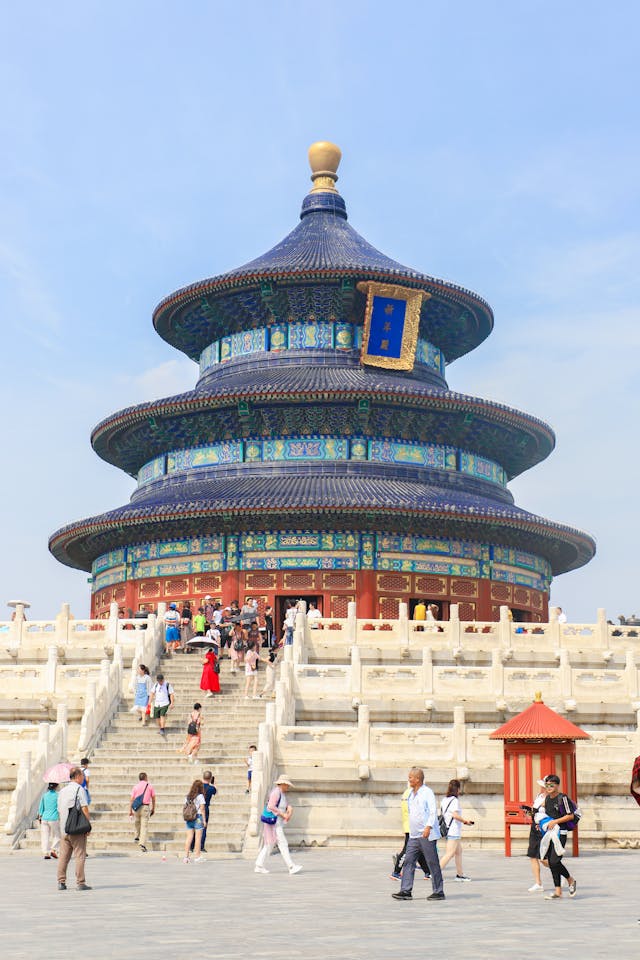
The Temple of Heaven in Beijing is a stunning example of ancient Chinese architecture and an important site for Taoist worship. Built in the 15th century, it was used by Chinese emperors to offer prayers for a good harvest and to communicate with heaven. The temple complex is composed of several buildings, each with symbolic meaning, and it is surrounded by vast gardens that add to the site’s spiritual aura. The most iconic structure is the Hall of Prayer for Good Harvests, which features a circular design symbolizing heaven.
As visitors stroll through the grounds, they will experience the peace and serenity of the site, which reflects China’s historical reverence for nature and the cosmos. The Temple of Heaven offers a unique insight into China’s spiritual practices and cultural heritage, making it a must-see for those interested in the country’s history and traditions.
Wat Pho (Thailand)
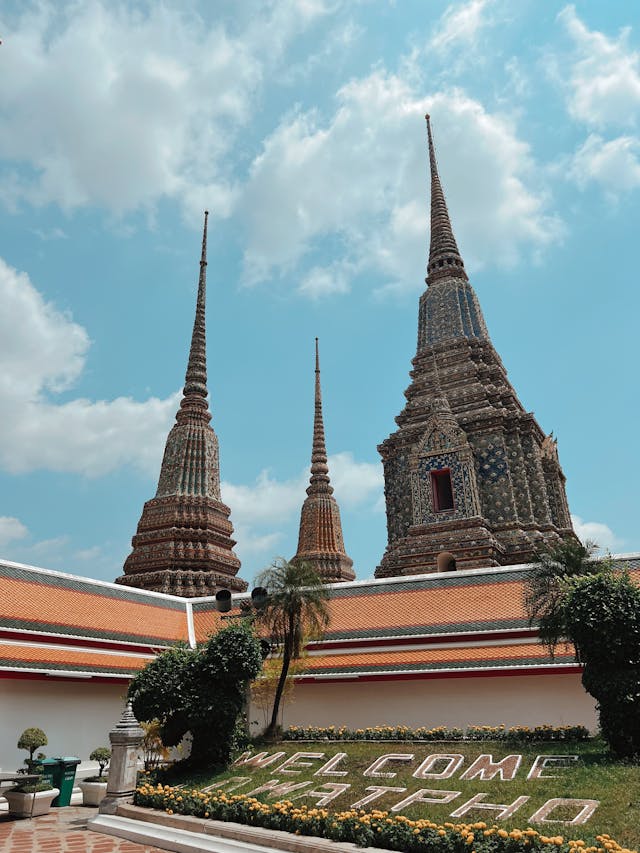
Wat Pho, or the Temple of the Reclining Buddha, is located in the heart of Bangkok and is one of Thailand’s most famous temples. It is home to a massive statue of the Buddha lying in a state of peaceful repose, measuring 46 meters in length. The temple complex is also renowned for its collection of over 1,000 Buddha images and intricate murals depicting the Buddha’s life. Wat Pho is considered the birthplace of traditional Thai massage, and visitors can learn about this healing art at the temple’s massage school.
The temple is a serene and spiritual destination that offers visitors a chance to learn about Buddhism while soaking in the peaceful atmosphere. It’s also a great place to experience Thai culture and explore the country’s devotion to its religious practices. Wat Pho’s significance as both a place of worship and a center for learning makes it a unique and enriching experience.
Todai-ji Temple (Japan)
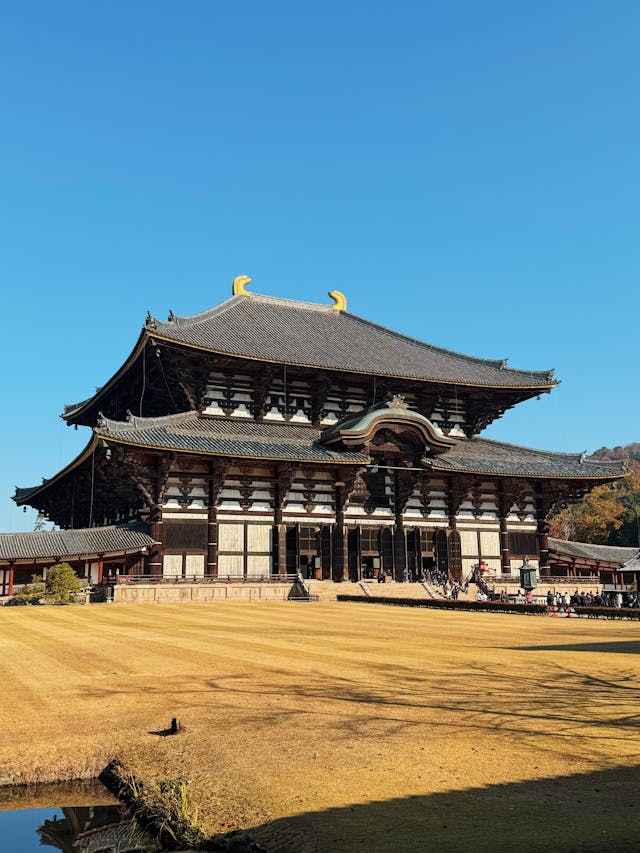
Todai-ji, located in Nara, Japan, is an iconic Buddhist temple known for housing the Great Buddha, a massive bronze statue standing at 15 meters tall. The temple itself is one of the largest wooden buildings in the world and is a UNESCO World Heritage site. Todai-ji was established in the 8th century as the head temple of all provincial temples in Japan. It is a symbol of the unity and power of the imperial government during that time.
Visiting Todai-ji offers a chance to witness the grandeur of Japanese Buddhist architecture while also experiencing the reverence that the Japanese have for the Buddha. The temple’s vast scale and the tranquility of the surrounding park make it a profound destination for anyone seeking to explore Japan’s spiritual heritage.
Borobudur (Indonesia)
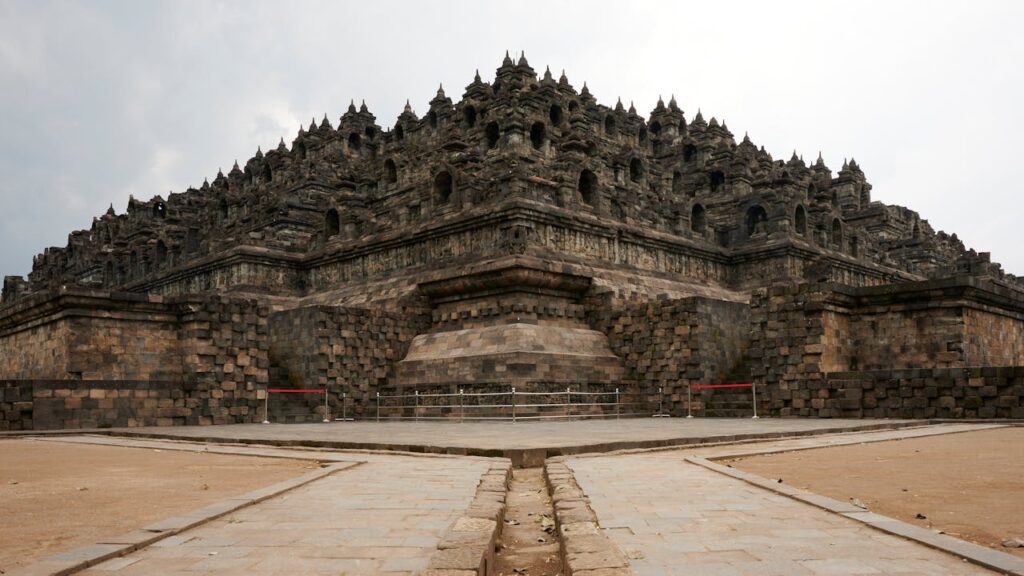
Borobudur, located on the island of Java, is the world’s largest Buddhist temple and an architectural marvel. Built in the 9th century, it is a pyramid-shaped structure adorned with intricate carvings that depict the life of the Buddha. The temple is a pilgrimage site for Buddhists, who often walk around its terraces in a ritual known as a circumambulation. The top of the temple offers stunning views of the surrounding landscapes, including volcanic mountains.
The temple’s significance lies not only in its historical and religious importance but also in its design. Its unique structure and symbolic carvings offer visitors a chance to connect with Buddhist philosophy while admiring the stunning artistry of ancient Indonesian culture. Borobudur is a must-see for anyone looking to immerse themselves in Indonesia’s rich spiritual and cultural traditions.
Sri Ranganathaswamy Temple (India)
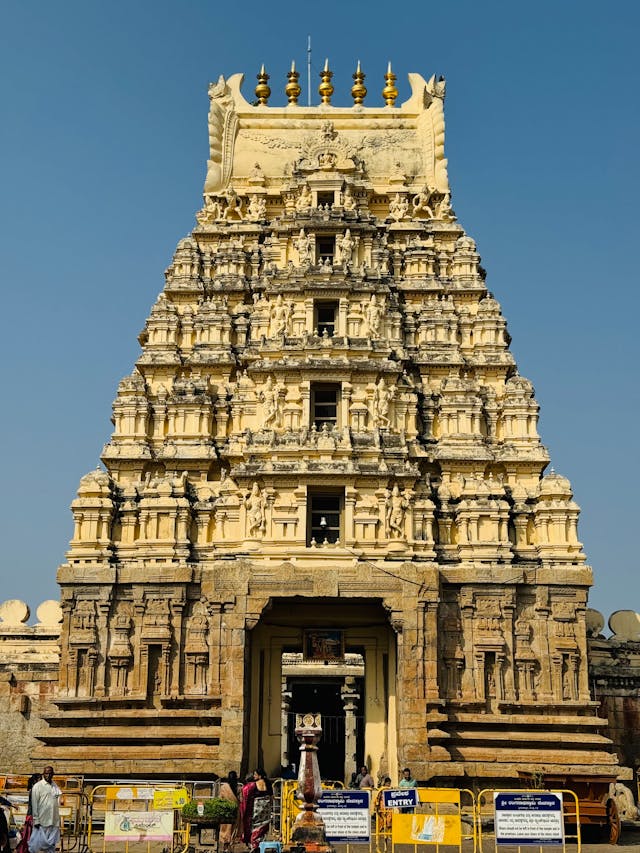
Located in the town of Srirangam, the Sri Ranganathaswamy Temple is one of the largest functioning temples in India. Dedicated to the Hindu god Vishnu, it is a major pilgrimage site for Hindus. The temple complex spans over 156 acres and features intricately carved sculptures and towers that represent centuries of Tamil craftsmanship. The temple is known for its remarkable architecture, with 21 enclosures surrounding the inner sanctum, and its annual festivals that draw millions of devotees.
The Sri Ranganathaswamy Temple offers a rich experience of Tamil Nadu’s religious and cultural heritage. The vibrancy of the rituals, the beauty of the architecture, and the devotion of the pilgrims make it a powerful destination for spiritual reflection. It is a must-visit for anyone interested in Hinduism and the art and culture of southern India.
Boudhanath Stupa (Nepal)
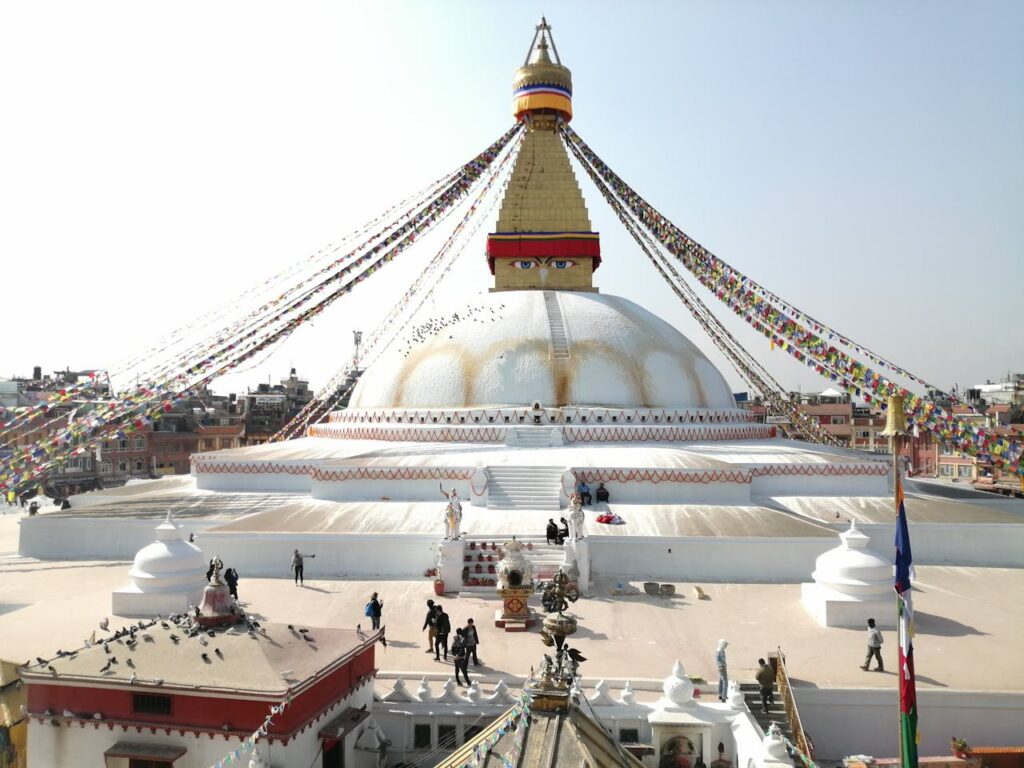
Boudhanath Stupa, located in Kathmandu, is one of the largest and most important Tibetan Buddhist stupas in the world. The stupa is surrounded by monasteries and temples and is a focal point for Tibetan Buddhists in Nepal. Its large mandala and the eyes of the Buddha painted on the stupa’s tower give it a unique appearance. The area around the stupa is filled with prayer flags and pilgrims spinning prayer wheels, creating a spiritual atmosphere.
Visiting Boudhanath allows visitors to experience Tibetan Buddhist culture and the peaceful practices associated with it. The stupa’s grandeur and the surrounding vibrant spiritual life make it a perfect location for spiritual exploration. Its significance as a Tibetan Buddhist center makes it one of the most revered places in Nepal.
Kailash Temple (India)
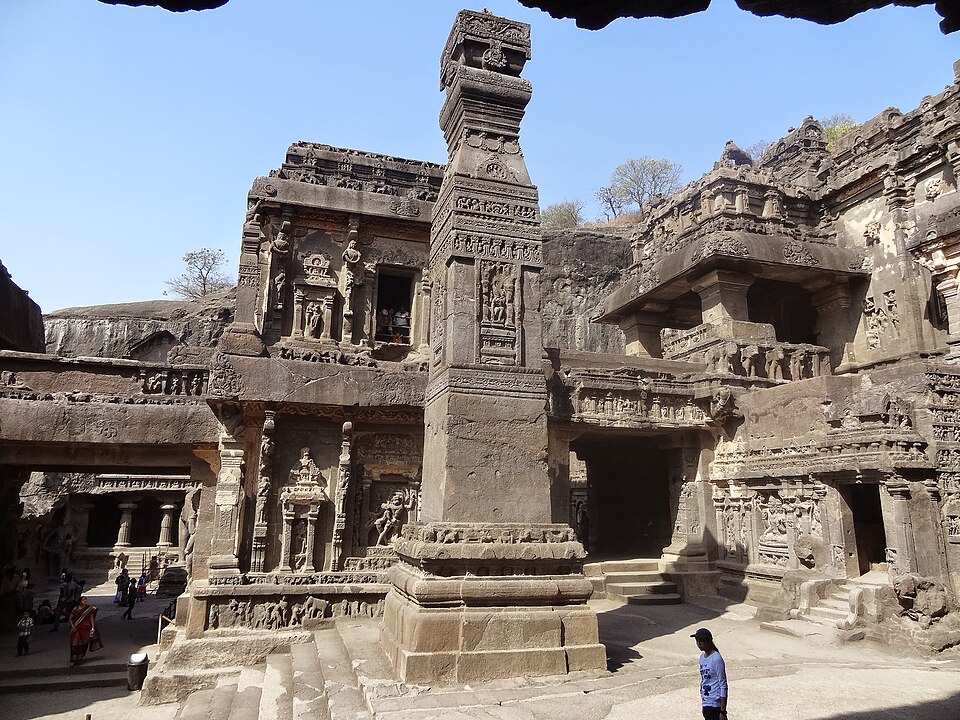
Kailash Temple, located in Ellora, Maharashtra, is an extraordinary rock-cut temple dedicated to Lord Shiva. The temple, carved from a single monolithic rock, is one of the largest and most complex cave temples in India. Its stunning architecture, with intricately carved sculptures and massive courtyards, reflects the devotion and artistic achievement of the period. Kailash Temple is a marvel of engineering and a testament to the power of faith.
Visiting Kailash Temple is a unique opportunity to witness a fusion of art, spirituality, and architecture. The scale of the structure and its intricate details make it a must-see for anyone interested in exploring India’s ancient religious sites. The temple’s quiet, sacred atmosphere offers a powerful space for reflection and contemplation.
Mount Koya (Japan)
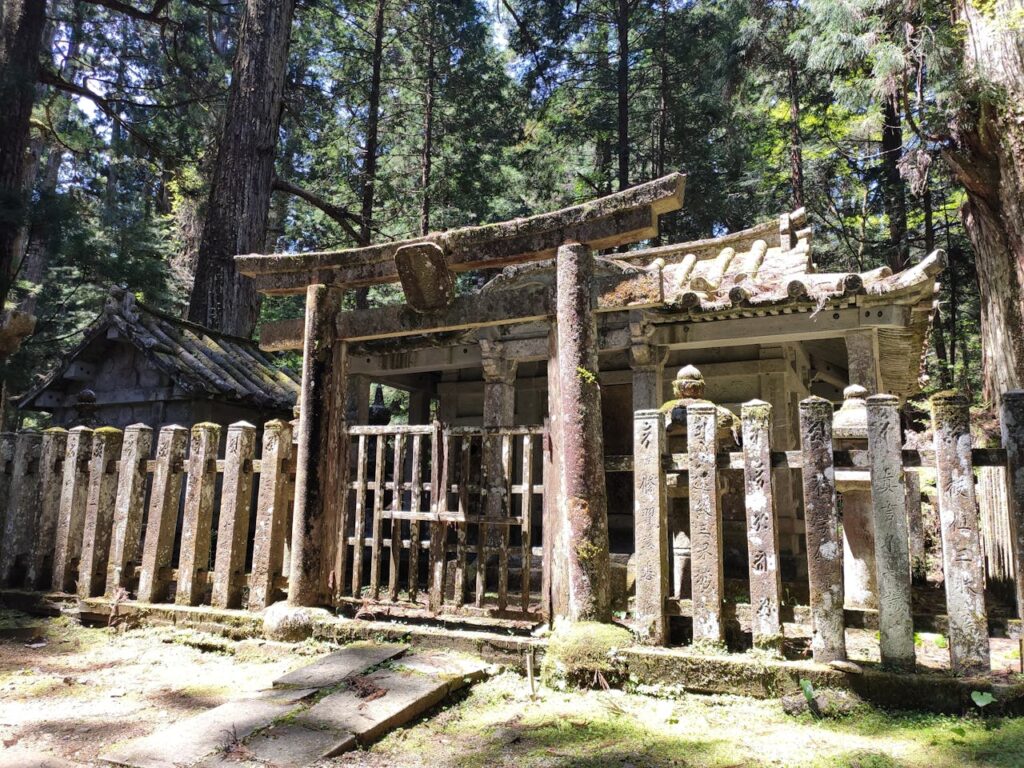
Mount Koya, located in the Kii Mountains, is the center of Shingon Buddhism in Japan and is home to more than 100 temples. Founded in the 9th century by the monk Kukai, the mountain is a place of pilgrimage, offering visitors a glimpse into Japan’s deep spiritual traditions. The Okunoin Temple, with its atmospheric cemetery, is one of the most famous sites on the mountain, where Kukai’s mausoleum is located.
The serene surroundings, combined with the spiritual practices of the Shingon Buddhists, create an atmosphere that is both calming and enlightening. Visitors can also stay in temple lodgings to experience monastic life firsthand. Mount Koya is a perfect destination for those seeking a deep, authentic connection with Japanese spirituality.
Wat Phra That Doi Suthep (Thailand)
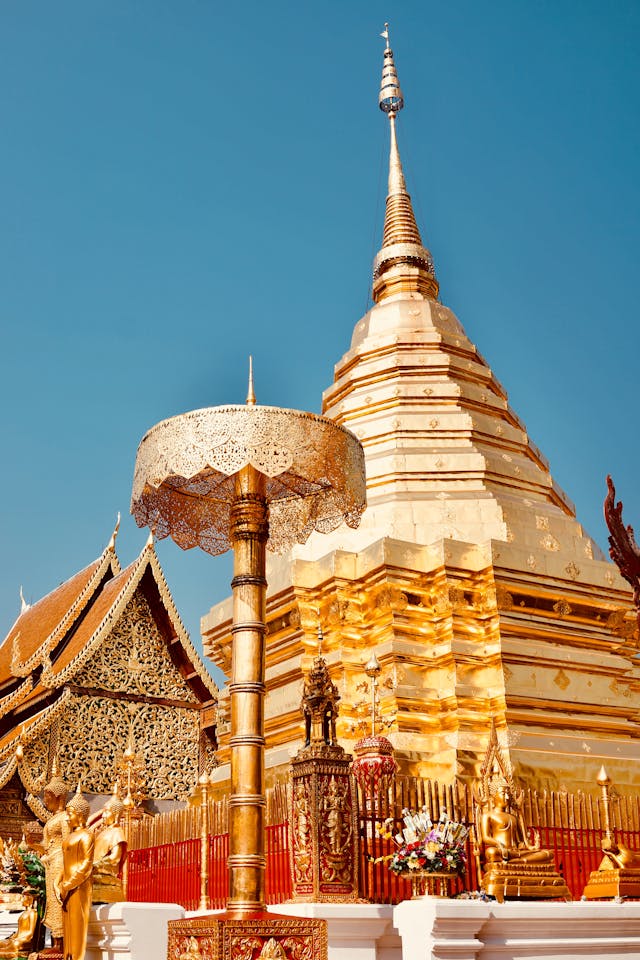
Located on a mountain overlooking Chiang Mai, Wat Phra That Doi Suthep is one of Thailand’s most famous and sacred temples. The golden stupa at the top offers panoramic views of the city below. According to legend, the temple was founded in the 14th century after a relic of the Buddha was brought to the site and placed on the back of a white elephant, which then climbed the mountain and died there.
The temple is an important pilgrimage site for Buddhists in Thailand. Its cultural and historical significance, combined with its breathtaking location, make it a must-visit for travelers interested in both natural beauty and spiritual depth.
Meiji Shrine (Japan)
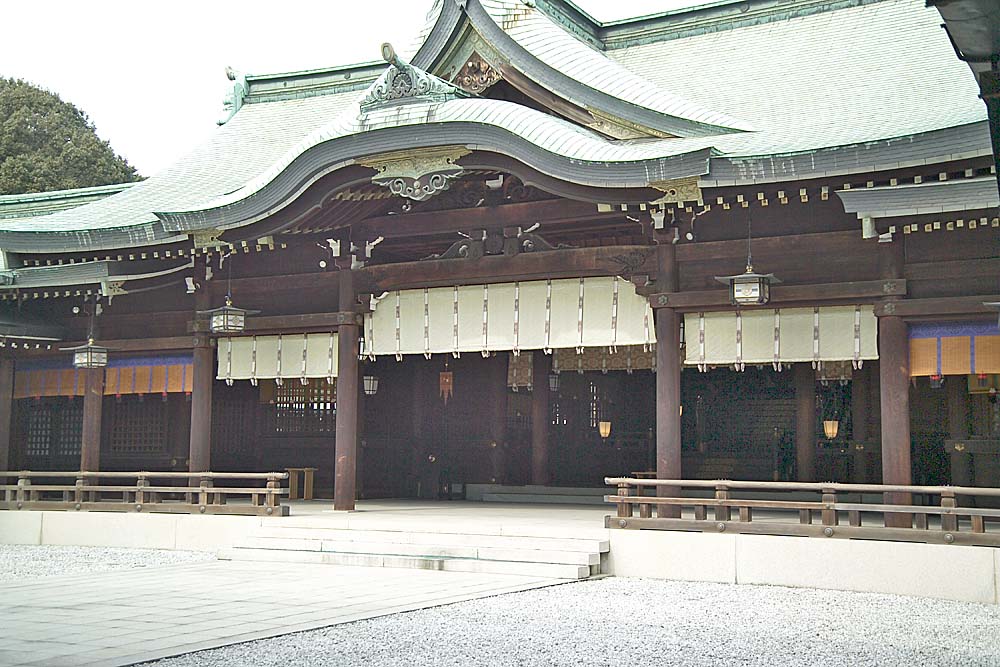
The Meiji Shrine, located in Tokyo, is dedicated to Emperor Meiji and Empress Shoken, who played pivotal roles in Japan’s modernization. Set in a large forested area, the shrine is a peaceful retreat from the bustling city. Visitors can witness traditional Shinto practices, including the purification rituals and offerings made to the gods. The shrine’s elegant wooden structures and tranquil surroundings offer a deep sense of reverence and reflection.
The Meiji Shrine is a symbol of Japan’s cultural and spiritual heritage. It’s a place to experience the harmony between nature, tradition, and devotion, making it a key site for those seeking to understand the depth of Japan’s spiritual life.
Lotus Temple (India)
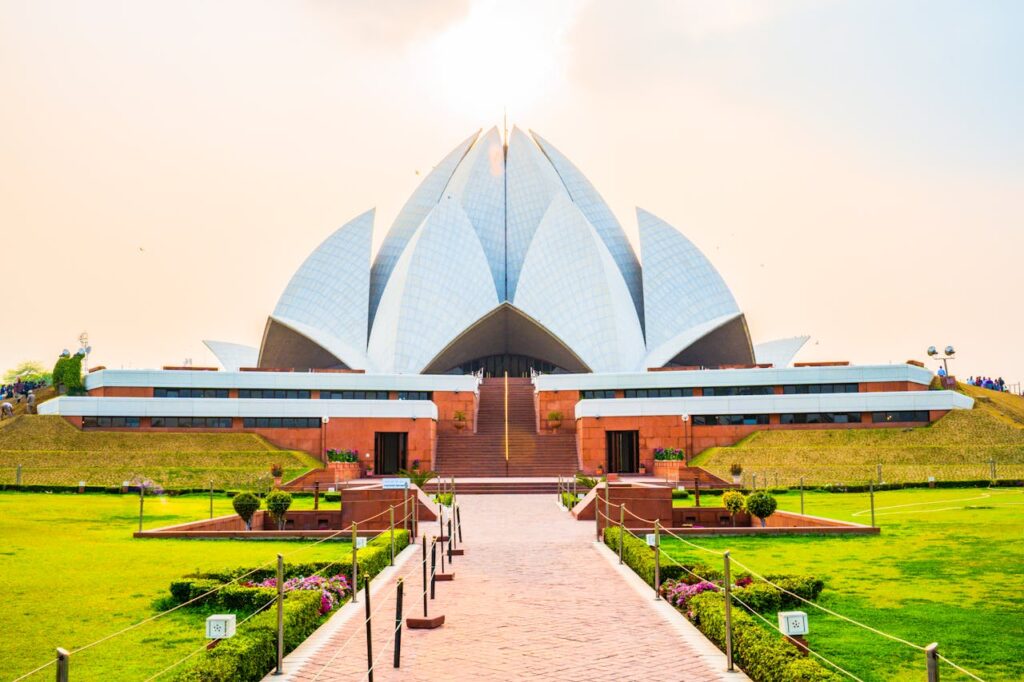
The Lotus Temple in New Delhi is an architectural wonder and the mother temple of the Bahá’í Faith in India. Shaped like a lotus flower, the temple is a symbol of unity and peace, inviting people of all religions to come and pray together. Inside, visitors can experience a serene atmosphere of reflection and meditation. The temple’s design and the surrounding gardens create an environment conducive to spiritual contemplation.
The Lotus Temple represents the Bahá’í belief in the oneness of all religions. Its welcoming spirit and stunning architecture make it a must-visit site for those interested in exploring diverse religious practices and seeking spiritual enlightenment.
Dambulla Cave Temple (Sri Lanka)
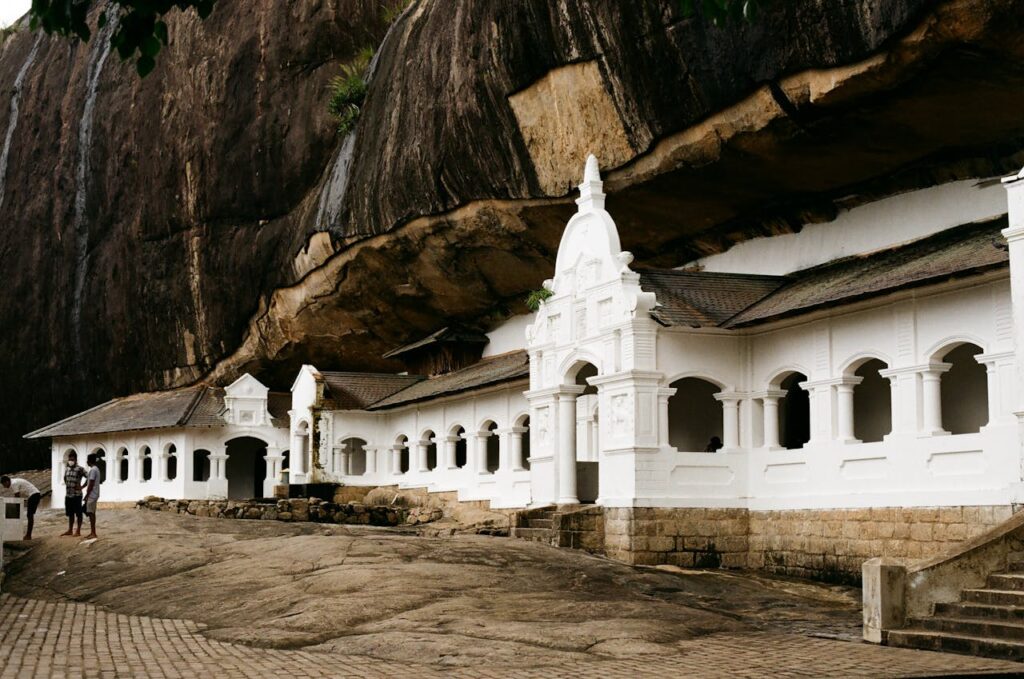
The Dambulla Cave Temple, located in central Sri Lanka, is a series of five caves adorned with beautiful Buddhist murals and statues. The temple complex dates back to the 1st century BCE and serves as a place of meditation and worship. The most famous cave contains a giant reclining Buddha, along with several other statues of Buddha and deities. The murals that decorate the walls of the caves offer a glimpse into the history of Sri Lankan Buddhism.
The Dambulla Cave Temple is one of the most important Buddhist sites in Sri Lanka, offering visitors a chance to experience the country’s rich religious heritage. The peaceful surroundings and the historical significance of the site make it a must-visit for anyone interested in exploring Buddhist culture and history.
This article originally appeared on Avocadu.
